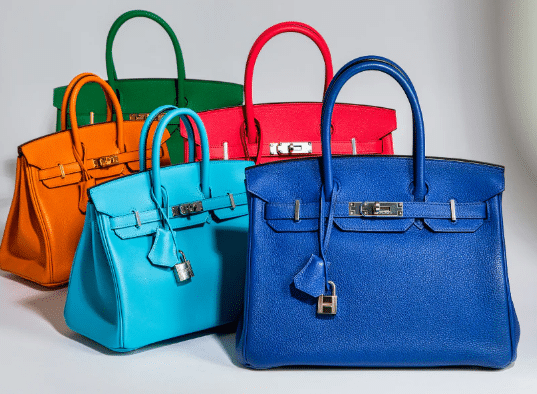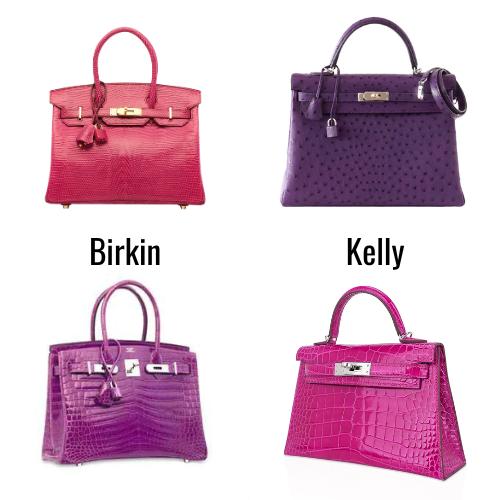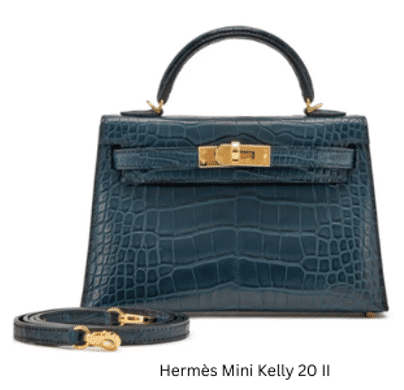Revealing the Secret Meanings Behind Hermès Stamps and Symbols

Hermès Date Stamp Guide
Whether you are an avid Hermès collector or considering purchasing your first Hermès bag, you have likely encountered references to Hermès date stamps or codes. Understanding how to interpret these date stamps is essential for verifying authenticity and determining the bagion year of your piece. However, many find the process of decoding these marks somewhat complex. To address the frequent concerns we have developed a comprehensive guide to help you navigate the intricacies of Hermès date stamps and discover where they are typically located.
What are Hermès Date Stamps’?
The Hermès date stamp is a code, often stamped or embossed inside Hermès bags and leather goods, indicating the year of bagion. It typically consists of a letter, sometimes encased in a shape (square or circle), with each letter corresponding to a specific year. This system helps identify the bag’s age and authenticity, as each letter aligns with Hermès’ chronological bagion timeline. However, the main stamp of the Hermès is the fundamental part of every bag.

Where Can I Find the Date Stamp?
The date stamp is typically located inside the bag, discreetly embossed on the leather. For most Birkin and Kelly bags, it can be found on the interior side panel or beneath the front flap. However, in some cases it may also be placed near the strap or under the zipper.
Hermès Date Stamps Ordered By Year

The date stamp on your Hermès handbag indicates the year yoiur bag was made as well as the craftsman who handmade it. These stamps, organized by year, follow a precise chronology, beginning with a single alphabetical letter that correlates to the year of bagion. Hermès uses a system of single letters in alphabetical order, often enclosed within a specific shape, to indicate the year of manufacture. Following this, there is a unique combination of letters and numbers which relate to the craftsman whom crafted your bag.
The evolution of Hermès date stamps has undergone notable transitions over the years, with changes in how the stamps were enclosed. From 1970 to 1971, Hermès moved from having no shape around the date letter to introducing a circle, though some bags from 1970 still lacked the circle. Similarly, in 1996-1997, the circle was replaced with a square, but some 1996 bags still carried the older circle. The most significant shift occurred in 2014-2015, when Hermès entirely abandoned the use of enclosing shapes. After 2015, the date stamp featured only the letter, without any circle or square, marking a clear departure from previous decades. This shift has occasionally led to confusion, as some early 2015 bags still bore the older square, reflecting a transitional period in bagion.
After 2015, the streamlined stamp format marked a new era for Hermès, with only the date letter being used, making it simpler yet more challenging for some collectors to immediately recognize. This change, coupled with evolving authentication methods, emphasized the brand’s continuous innovation while preserving the hallmark exclusivity and craftsmanship Hermès is known for.


Hermès Special Symbols and Stamps
Hermès Stamps for Exotic Leathers
Alligator
The symbol used is a square (☐) placed next to the Hermès, Made in France logo displayed on each bag.


Niloticus Crocodile


The symbol used is a double dot (··) next to the Hermès, Made in France logo displayed on each bag.
Porosus Crocodile
The symbol used is a caret (^) next to the Hermès, Made in France logo displayed on each bag.


Moreletti Crocodile
The symbol used is three small dots (. . .) next to the Hermès, Made in France logo displayed on each bag.

Varanus Niloticus Lizard
The symbol used is a dash (-) next to the Hermès, Made in France logo displayed on each bag.


Varanus Salvator (Ombre) Lizard
The symbol used is an equal sign (=) next to the Hermès, Made in France logo displayed on each bag.


Hermès Special Stamps and What They Mean
Hermès uses several special stamps in addition to the traditional date stamp to indicate specific details about a bag, such as its leather type, the artisan who crafted it, or whether it is part of a limited edition or special order. Here’s an overview of some of the most common Hermès special stamps and their meanings:
Hermès Special Order Bags Stamp
Symbol: A horseshoe stamp (HSS Stamp) next to the Hermès logo.
This indicates that the bag is a Special Order (SO) piece, which allows customers to personalize their bags by selecting the leather, color combinations, hardware, and other elements. These bags are highly sought-after due to their custom nature and rarity. These bags can feature bi-color or tri-color combinations, with the client selecting contrasting colors for the exterior, interior, or accents. Custom details may include different stitching colors to further personalize the design. Additionally, clients can choose from various hardware finishes like permabrass, a soft gold-tone option.




Hermès Craftsman’s Personal Bag Stamp
Symbol: A small shooting star.

 A bag stamped with a shooting star was made by an Hermès craftsman for personal use, not intended for retail sale. These bags are usually considered unique, and although rare, they sometimes appear on the resale market.
A bag stamped with a shooting star was made by an Hermès craftsman for personal use, not intended for retail sale. These bags are usually considered unique, and although rare, they sometimes appear on the resale market.


Hermès Employee Discount/Sale Stamp
Symbol: Letter “S”
The symbol used to depict that this Hermès bag was purchased at a discounted rate is a “S” which most likely stands for “Sale”. Unlike the HSS or Craftsman’s Personal Stamp, the indicator that an Hermes bag was bought by an employee at a discounted price is an accompanying “S” in the date code, signifying the bag was bought at a Sale price.

Understanding the Hermès date stamp is essential for authenticating and dating your Hermès bag, especially given changes in format over the years. By knowing where to find the stamp and how to interpret it, collectors and buyers can better appreciate the craftsmanship and history behind each iconic piece.




